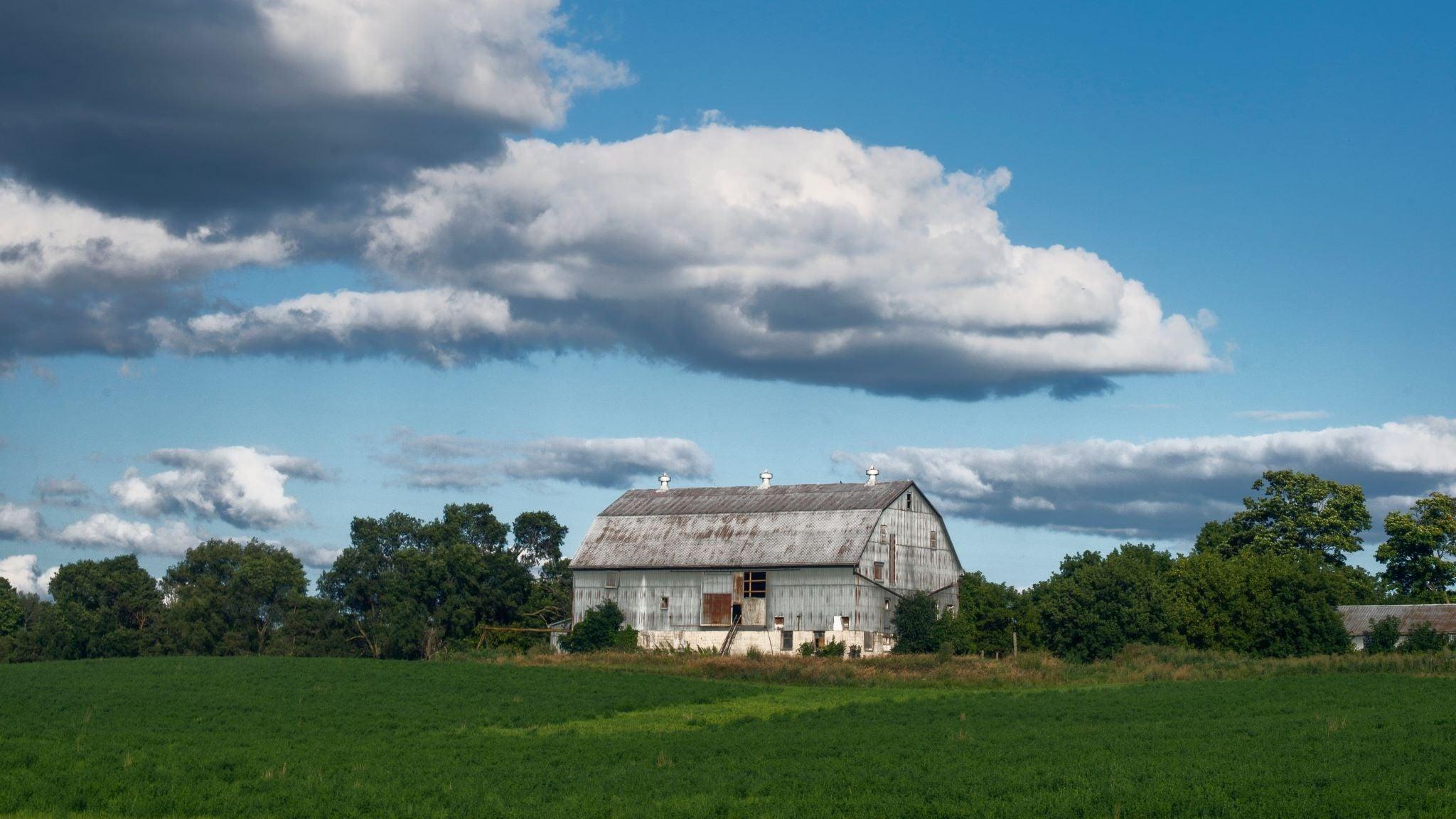SPANISH CHARACTERISTICS IN WINE
The country has approximately 2.9 million hectares of vineyards, more than any other country in the world
produces approximately 44 million hectoliters of wine annually
Climate and Terroir :
Spain's geographical and climatic diversity is enormous. From the cool, humid north of Galicia to the hot, dry climate of Andalusia in the south, each region produces wines with unique characteristics. This variety is further enriched by the diverse soil types, from limestone to volcanic, each of which has its own influence on the taste and texture of the wine.
Grape varieties :
Spain is home to a large number of indigenous grape varieties, with more than 400 varieties registered. Tempranillo and Garnacha are perhaps the best-known red varieties, while Albariño and Verdejo are often associated with Spanish white wines. These grape varieties form the basis of Spain's wine identity and contribute to the unique profiles of the wines.
Wine regions :
Spain has several wine regions, each with their own DO (Denominación de Origen) classification, which guarantees the quality and geographical origin of the wines. Notable regions include Rioja, known for its rich, oak-aged red wines; Ribera del Duero, also famous for its powerful red wines; and Rías Baixas, where the Albariño grape produces fresh, aromatic white wines.
Innovation and Tradition :
Although Spain is deeply rooted in wine traditions, the country is also open to innovation. This ranges from modern winemaking techniques to sustainable practices in the vineyard. Spain's wine industry continues to evolve, with a growing focus on organic and biodynamic wines, as well as an increasing focus on preserving old vines and rediscovering forgotten grape varieties.
Alcohol-free Alternatives :
As in other wine countries, there is a growing interest in non-alcoholic wines in Spain. Spanish producers are experimenting with technologies such as vacuum distillation and reverse osmosis to remove the alcohol without losing the wine's essential aromas and flavors. This development offers new opportunities for wine lovers who are looking for non-alcoholic alternatives.
Origin and evolution
Viticulture in Spain has a long and rich history dating back to the Phoenicians and Greeks, but it was the Romans who really developed viticulture in the country. These ancient wine-growing traditions have been refined and expanded over the centuries, making Spain one of the leading wine-producing countries in the world.
In the Middle Ages, monasteries played a crucial role in the development of viticulture in Spain, especially in regions such as Rioja. The wines of this period were mainly intended for religious purposes and local consumption. However, it was in the 19th century, when wine-growing areas in France were hit by phylloxera, that Spanish wines began to gain international recognition. Many French winemakers moved to Spain and brought their knowledge and techniques with them, leading to a significant improvement in the quality of Spanish wines.
The 20th century was a period of both challenges and innovations for the Spanish wine industry. The Spanish Civil War and the subsequent period under Franco had a stifling effect on wine growing, but the sector recovered in the second half of the century. Spain's accession to the European Union in 1986 led to further modernization and quality improvement of wine production.
Today, Spain is known for its diversity of wines, ranging from light, fresh white wines to robust, aged red wines. The emphasis is increasingly on quality, terroir and the preservation of indigenous grape varieties. In addition, there is a growing interest in organic viticulture and sustainable practices.
The evolution of the Spanish wine industry reflects a deep appreciation for tradition, combined with a willingness to innovate and adapt to the changing tastes of wine lovers around the world. At World of NIX we celebrate this rich history and diversity by offering a carefully selected collection of Spanish wines, including high-quality non-alcoholic options that reflect the spirit of Spain's wine tradition.
Wine regions and their characteristics
These regions represent just a fraction of Spain's rich and varied wine landscape, where tradition and innovation go hand in hand to produce some of the most compelling wines in the world.
Rioja
Location: North-Central Spain.
Climate: Temperate continental, with influences from the Atlantic Ocean.
Known for: High-quality red wines, mainly made from Tempranillo. Rioja wines are known for their refined flavors and potential for aging, with a classification system that includes Crianza, Reserva and Gran Reserva.
Ribera del Duero
Location: Northwest of Spain, along the Duero River.
Climate: Continental, with hot summers and cold winters.
Known for: Powerful, full-bodied red wines, mainly from Tempranillo (locally known as Tinto Fino). Wines from this region are rich and complex, with good structure and tannins.
Priorat
Location: Catalonia, Northeast Spain.
Climate: Mediterranean, with hot summers and cool winters.
Known for: Intense, mineral red wines with a high alcohol content, often made from old Grenache and Carignan vines. The unique slate soils (llicorella) contribute to the characteristic mineral tone of the wines.
Rías Baixas
Location: Galicia, Northwestern Spain.
Climate: Cool and humid maritime climate.
Known for: Fresh, aromatic white wines made from the Albariño grape. These wines are known for their bright acidity and flavors of stone fruit and citrus.
Jerez (Sherry)
Location: Andalusia, Southwestern Spain.
Climate: Warm and dry.
Known for: Sherry, a fortified wine with unique production methods such as the solera system. Sherry ranges from dry (Fino, Manzanilla) to sweet (Pedro Ximénez, Cream), with a wide range of styles and flavors.





